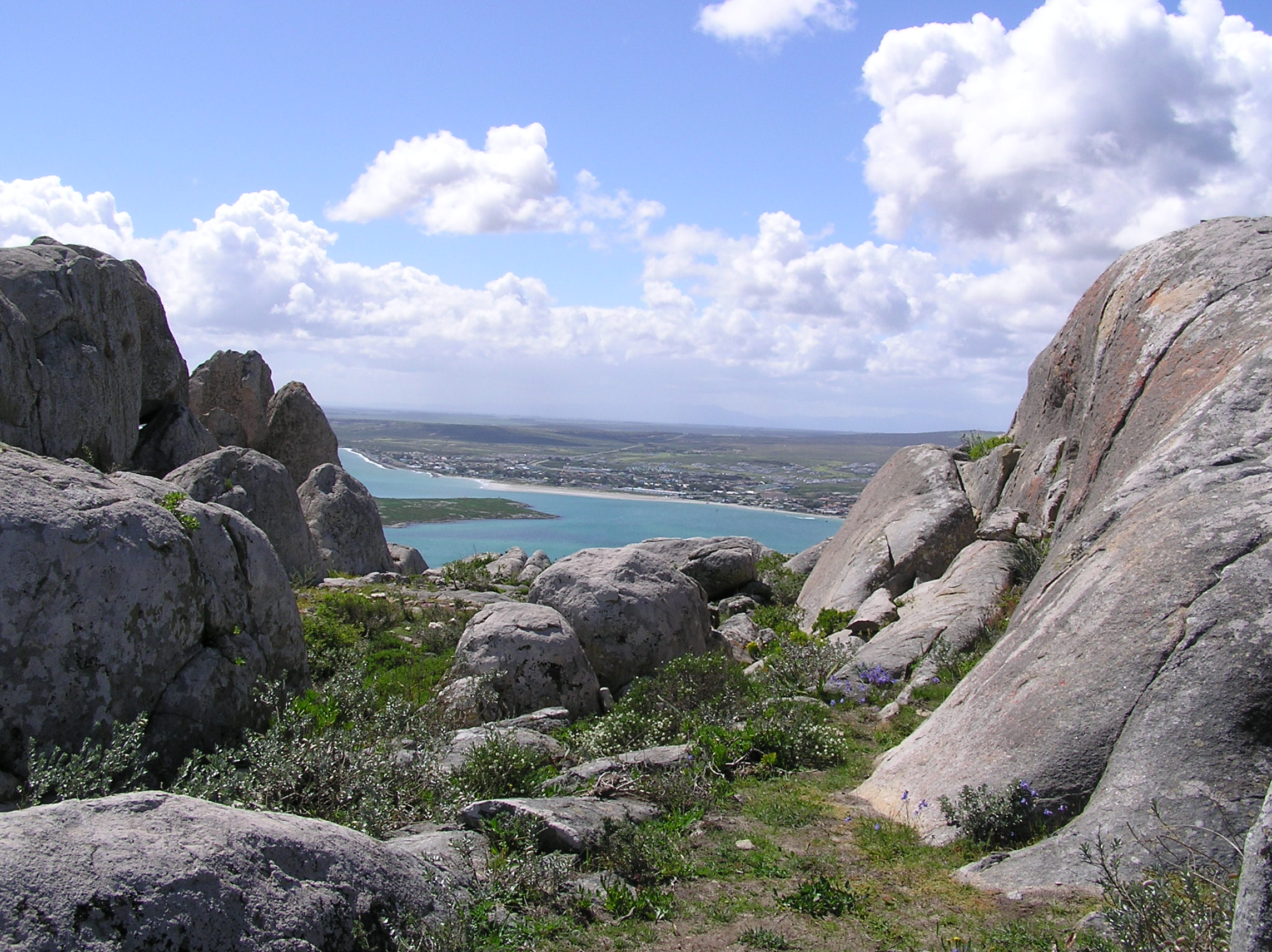West Coast National Park – South Africa
About
West Coast National Park is located north of Cape Town and is bordered by the Atlantic Ocean and Saldanha Bay. It runs from the town of Yzerfontein in the South up to the Langebaan lagoon. The park is well known and identified by BirdLife International, a global partnership of non-government organizations that conserve birds and their habitats, as an IBA, Important Bird and Biodiversity Area. The West Coast National Park is situated just inland of the Saldanha Bay and the Langebaan Lagoon. The Langebaan Lagoon is a large saltwater lagoon that is protected under the West Coast National Park. It is a popular focal point in the park. The fauna and flora are both big major attractions. The park encompasses 27,500 hectares in size and is broken down into 3 recreational zones, with different activities and facilities in each. Zone A is a multi-functional section for most water sports, zone B is reserved for sailboats and board sailing, and the last zone is a wilderness area, zone C. Some park activities include whale watching, birding, picnic, and braai sites and trails for hiking, cycling, and mountain biking. It is home to abundant wildflowers, wildlife, marine animals, and birdlife of over 250 species of birds. There are 4 different hides inside the park for birders and professional photographers. Bird hides can be found at the Abrahamskraal Waterhole, below the Seeberg Lookout Point, and two at Geelbek. The Red Knot, Little Stint, Ruff, and the Terek’s are among the most regular species. Though, the Little Egret and South African Shelduck are residents and can also be found and seen with the waders. Though the Greater Flamingos and the Great White Pelican occur in deeper water. The coastal islands and the lagoon also are an important breeding ground for Cape and Hartlaub’s Gull, Cape Gannet, African Penguins, and cormorants. Palearctic migrants’ also winter in the lagoon during the austral summer. It is considered one of the most important wintering grounds for about 26% of the Palearctic waders in the Western Cape. There are many habitats within the park. These various habitats also have a variety of foliage. Though, the months of August and September bring annual spring flowers. September also brings in species from the northern hemisphere, with March also bringing these migrants to gather to feed up prior to undertaking their return migration. Owen has photographed the Southern Black Korhaan, the Cape Spurfowl, White-throated Swallow, and many others. Owen visited the West Coast National Park in September 2015.
Birds found here
-
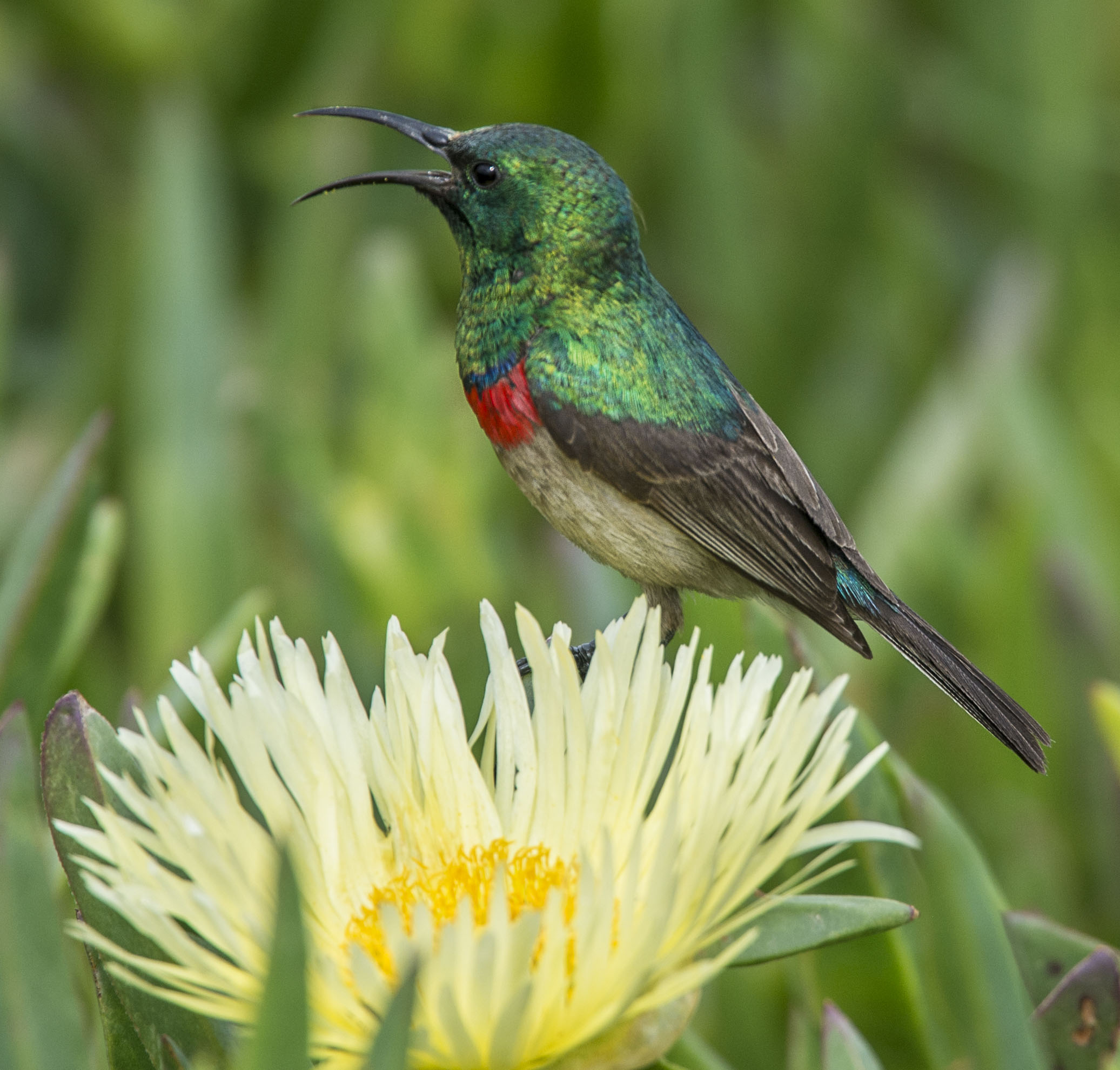
Southern Double-collared Sunbird
Order
passeriformesFamily
nectariniidaeGenus (Similar Species)
Scientific Name
Cinnyris chalybeus
-
Conservation Status
Least Concern
Gender
Male
Age
Adult
-
Visual Category
Passerine (Perching) Birds -
Birding Sites and Lodges
West Coast National Park - South Africa
BIRD CALLS
Southern Double-collared Sunbird
-
-
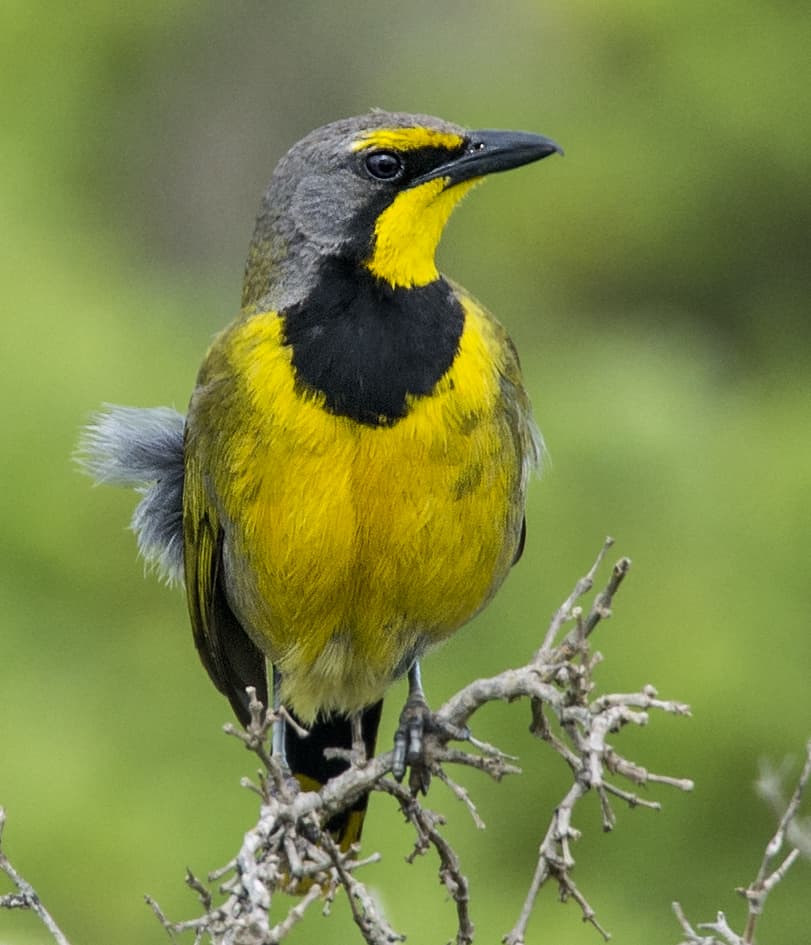
Bokmakierie
Order
passeriformesFamily
malaconotidaeGenus (Similar Species)
Scientific Name
Telophorus zeylonus
-
Conservation Status
Least Concern
Age
Adult
-
Visual Category
Passerine (Perching) Birds -
Birding Sites and Lodges
West Coast National Park - South Africa
BIRD CALLS
Bokmakierie
-
-
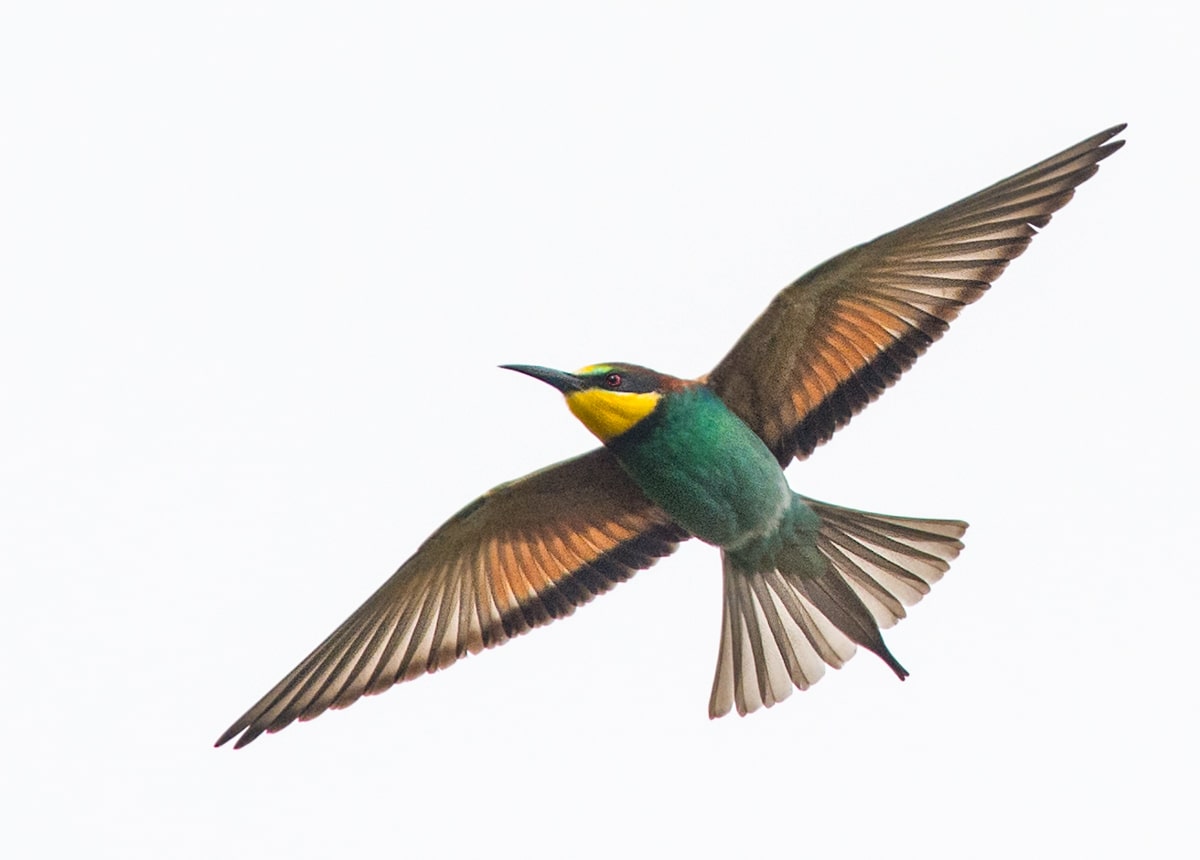
European Bee-eater
Order
coraciiformesFamily
meropidaeGenus (Similar Species)
Scientific Name
Merops apiaster
-
Conservation Status
Least Concern
Age
Adult
-
Visual Category
Passerine (Perching) Birds -
Birding Sites and Lodges
West Coast National Park - South Africa -
Activity
flight
BIRD CALLS
European Bee-eater
-
-
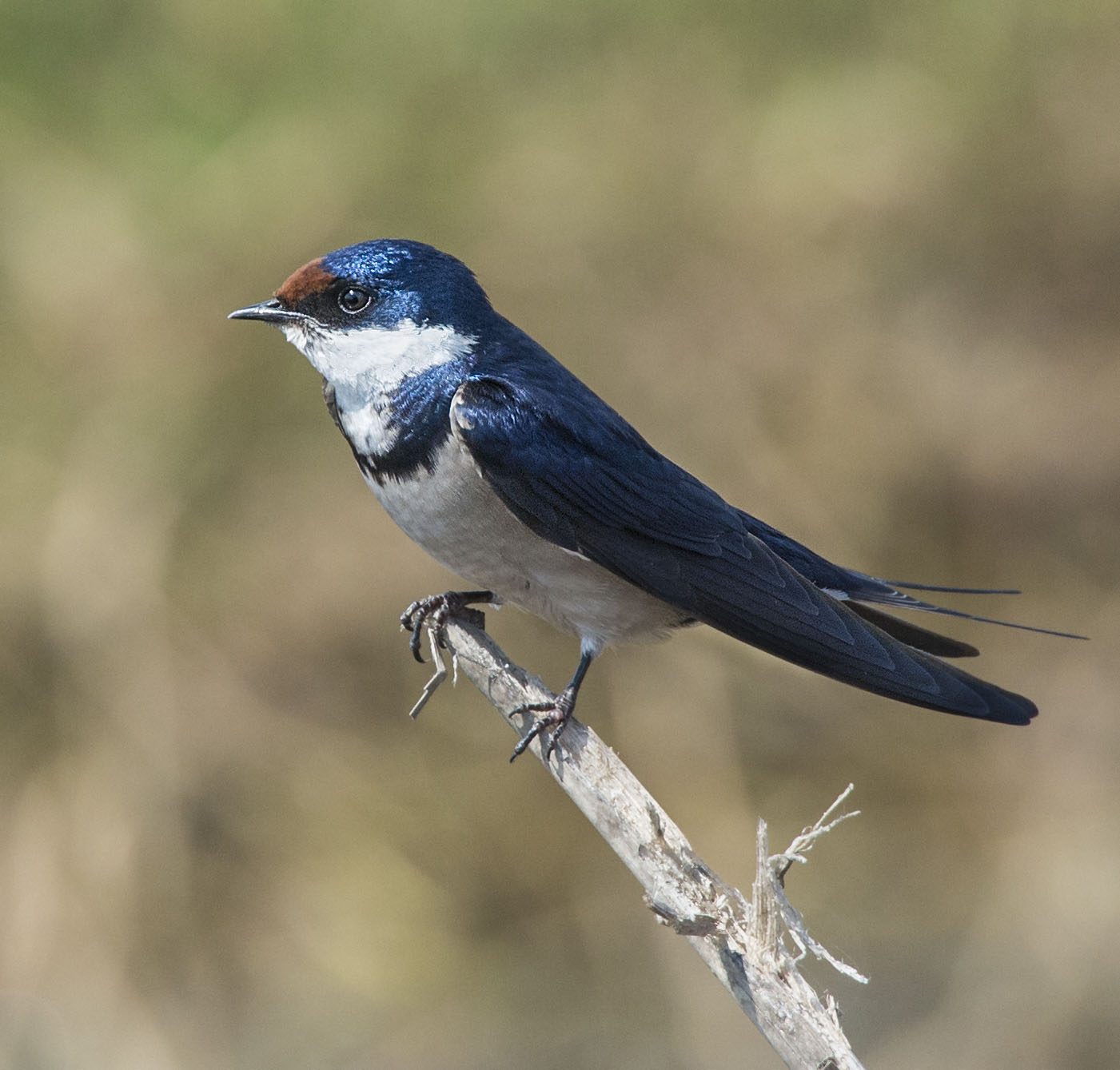
White-throated Swallow
Order
passeriformesFamily
hirundinidaeGenus (Similar Species)
Scientific Name
Hirundo albigularis
-
Conservation Status
Least Concern
Age
Adult
-
Visual Category
Passerine (Perching) Birds -
Birding Sites and Lodges
West Coast National Park - South Africa
BIRD CALLS
White-throated Swallow
-
-
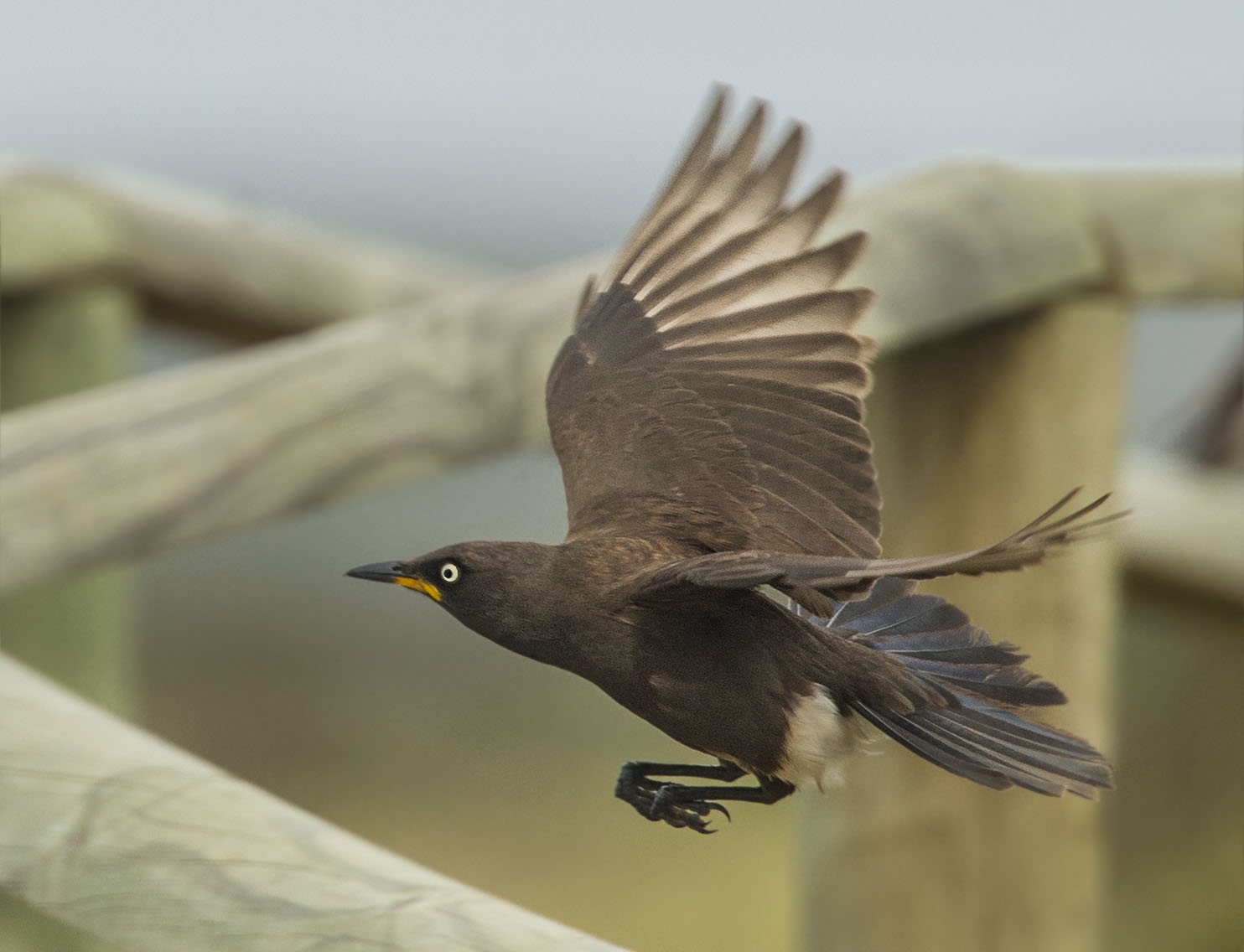
Pied Starling
Order
passeriformesFamily
sturnidaeGenus (Similar Species)
Scientific Name
Lamprotornis bicolor
-
Conservation Status
Least Concern
Age
Adult
-
Visual Category
Passerine (Perching) Birds -
Birding Sites and Lodges
West Coast National Park - South Africa -
Activity
flight
BIRD CALLS
Pied Starling
-



